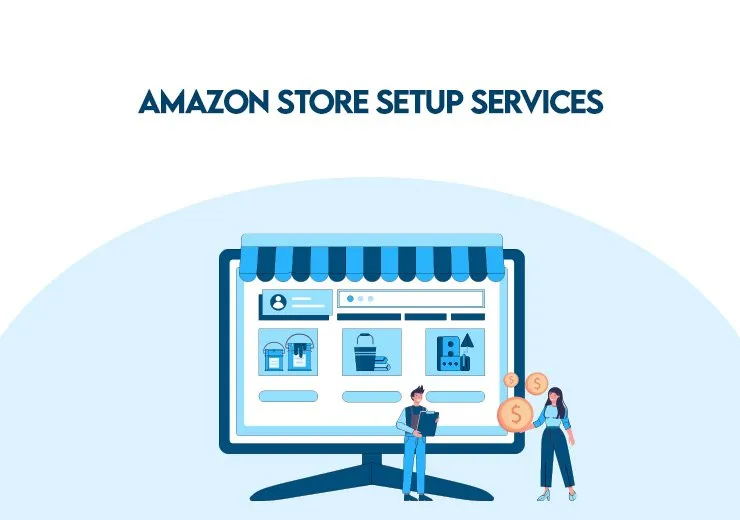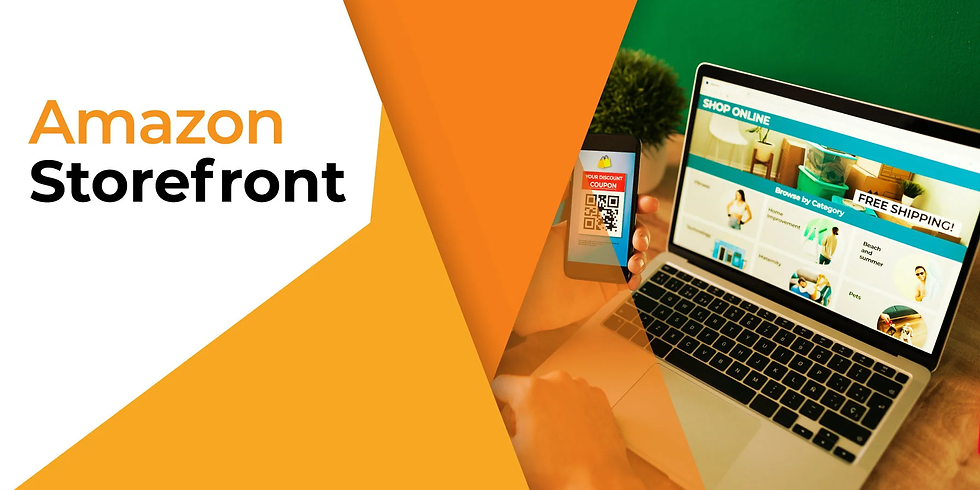Understanding the Latest PPC Trends for Small Businesses
- Search Optimax
- Sep 22
- 3 min read

Pay-per-click (PPC) advertising continues to be one of the most powerful digital marketing strategies for small businesses. In 2025, PPC is evolving rapidly with the help of AI, automation, privacy-first tracking, and changing consumer behaviors. Small businesses that adapt to these new PPC trends can maximize return on ad spend (ROAS) while staying competitive in their local markets.
Why PPC Still Matters for Small Businesses
Driving Highly Targeted Traffic
PPC campaigns allow small businesses to reach specific audiences based on keywords, demographics, and user behavior. This level of precision reduces wasted ad spend and increases conversions. Even small companies can compete with bigger brands on search engines and social platforms by targeting customers at the exact moment of intent.
Faster Results Compared to SEO
Unlike organic SEO, which can take months to show results, PPC campaigns deliver immediate visibility. Ads can launch quickly, be adjusted in real time, and generate traffic instantly. This makes PPC especially valuable for seasonal promotions, new product launches, and local events where timing is critical for sales.
Latest PPC Trends for Small Businesses in 2025
1. AI-Powered Campaign Management
Artificial intelligence is transforming how businesses manage PPC campaigns. Platforms like Google Ads Performance Max and Microsoft Smart Campaigns automate bidding, targeting, and ad creative optimization. For small businesses, this means less time spent managing ads and better performance without hiring a full-time PPC specialist.
2. Hyper-Local Targeting
Geo-fencing and advanced location data now allow businesses to target customers at the neighborhood or event level. Hyper-local PPC ads reduce cost per click by focusing only on nearby, high-value customers—making them ideal for local shops, restaurants, and service-based businesses.
3. Responsive and Dynamic Ad Creatives
Responsive ads automatically adjust headlines, descriptions, and visuals based on audience preferences and device type. Dynamic product ads go a step further, retargeting users with the exact items they viewed earlier. This personalization boosts engagement and conversions significantly.
4. Voice Search and Conversational Keywords
With more users relying on voice assistants, small businesses need to adapt their PPC strategies. Optimizing campaigns for natural language queries and question-based keywords (e.g., “Where can I find the best pizza near me?”) helps capture traffic that traditional keywords might miss.
5. Privacy-Focused Tracking and First-Party Data
As third-party cookies fade out, PPC platforms are prioritizing privacy-friendly tracking. Small businesses that collect first-party data—such as customer emails, loyalty program signups, or purchase history—gain a competitive advantage. Leveraging this data makes targeting more reliable while building long-term customer relationships.
How Small Businesses Can Implement PPC Trends
Set Clear Goals and Budgets
Before investing in advanced PPC tools, small businesses should define goals such as lead generation, store visits, or online sales. Clear objectives ensure budget allocation aligns with ROI expectations.
Test, Measure, and Refine
Run small experiments with different bidding strategies, ad formats, or targeting options. By monitoring results and scaling up the best-performing campaigns, businesses can stay agile and avoid overspending.
Measuring PPC Success in 2025
Key Metrics to Track: Cost per acquisition (CPA), click-through rate (CTR), conversion rate, and return on ad spend (ROAS).
Data Integration: Combining PPC data with website analytics, CRM systems, and email marketing provides a full view of customer behavior and enhances cross-channel marketing performance.
FAQs on PPC for Small Businesses in 2025
1. Why is PPC still important for small businesses in 2025?
PPC delivers fast visibility, precise targeting, and measurable ROI, helping small businesses compete with larger competitors.
2. How can AI improve PPC campaign management?
AI automates bidding, targeting, and ad creative optimization, making campaigns more efficient and effective without requiring deep technical knowledge.
3. What is hyper-local targeting?
It’s the strategy of showing ads only within a small geographic area—such as a specific neighborhood or event location—ensuring highly relevant traffic.
4. How do responsive ads benefit small businesses?
Responsive ads adapt automatically to different devices and audience preferences, improving engagement and click-through rates.
5. Should small businesses optimize PPC for voice search?
Yes. Voice search continues to grow, and using conversational keywords helps capture new traffic and conversions.
6. How can businesses adapt to privacy changes in PPC?
By collecting and leveraging first-party data like email lists or loyalty memberships, businesses can maintain strong targeting while complying with privacy rules.
Final Thoughts
In 2025, PPC remains one of the most valuable digital marketing strategies for small businesses. By embracing AI-driven automation, hyper-local targeting, responsive ad formats, and first-party data strategies, small businesses can increase visibility, reduce wasted spend, and boost conversions.
The key to long-term PPC success lies in setting clear goals, testing campaigns, and continuously refining based on performance. Businesses that adapt to these evolving PPC trends will not only compete with larger players but also achieve sustainable growth in the digital marketplace.



Comments